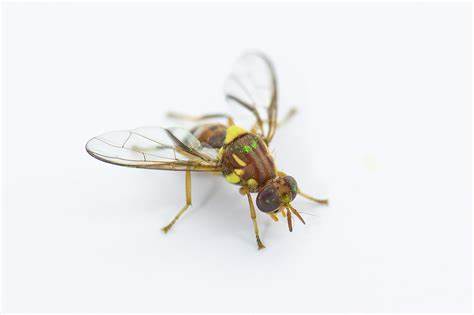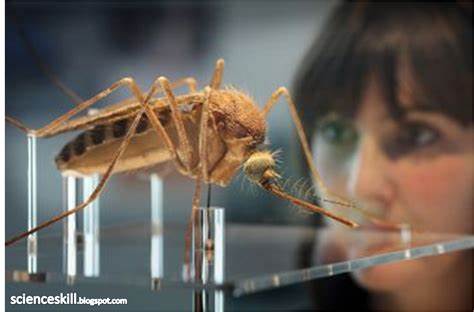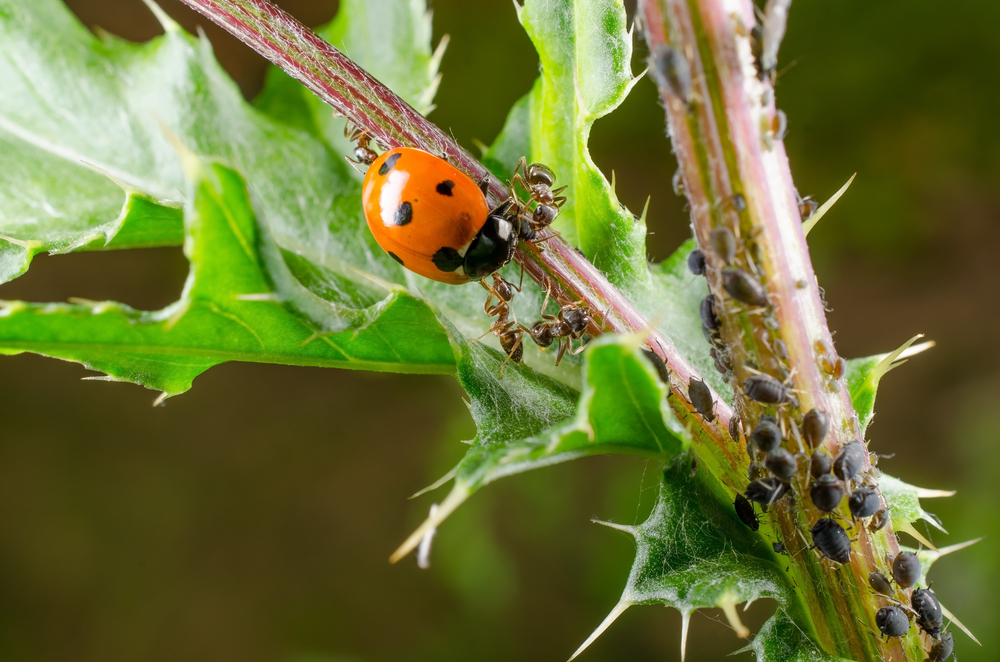In the ongoing battle against pests, traditional methods such as pesticides have long been the default choice. However, these approaches often carry significant environmental and health risks.
Genetic pest control emerges as a revolutionary field, leveraging advances in genetics and biotechnology to tackle pest populations with targeted and sustainable strategies.
This article offers an in-depth exploration of genetic pest control, covering its innovative techniques, compelling success stories, persistent challenges, and the promising future it holds for sustainable pest management.
Overview of Genetic Pest Control
Traditional pest control methods, such as chemical pesticides, can indiscriminately harm beneficial organisms and pose risks to human health and the environment. Genetic pest control offers a promising alternative by specifically targeting pests at the genetic level.
By manipulating the genetics of pest populations, scientists can disrupt their ability to reproduce or survive, effectively controlling their numbers without the widespread use of harmful chemicals.

Genetic Pest Control Examples
Case Study 1: Sterile Insect Technique (SIT)
Imagine combatting pests by releasing sterile insects into their populations. The Sterile Insect Technique (SIT) achieves precisely that. It involves exposing pests, such as fruit flies or mosquitoes, to radiation to render them sterile.
These sterile insects are then released into the wild, where they mate with wild counterparts. Since no viable offspring result from these matings, the pest population declines over time. SIT has been successfully employed to eradicate the screwworm from North America and is showing promise in controlling Mediterranean fruit fly populations.

Case Study 2: Genetic Modification of Pests
Recent advancements in genetic engineering, notably CRISPR-Cas9 technology, have revolutionized pest control strategies. Scientists can now precisely edit the genes of pests to alter their behavior or biology.
For instance, researchers have genetically modified mosquitoes to be incapable of transmitting diseases like malaria or dengue fever. This breakthrough could potentially curb disease transmission without the widespread use of insecticides, benefiting both human health and the environment.

Case Study 3: Genetic Biocontrol Agents
Nature itself provides powerful biological control agents that can be enhanced through genetic modification. By genetically modifying natural enemies like fungi or viruses, researchers can create biocontrol agents that specifically target pests while minimizing harm to beneficial species and ecosystems.
For example, genetically engineered fungi have been developed to combat specific insect pests in agriculture, offering a sustainable alternative to chemical pesticides.

Challenges and Considerations
While genetic pest control holds immense promise, it also presents significant challenges and considerations. Ethical concerns regarding the manipulation of ecosystems and biodiversity, regulatory complexities, and public acceptance are critical factors to navigate.
Striking a balance between innovation and environmental stewardship is essential for the responsible advancement and adoption of genetic pest control technologies.
Future Prospects
Looking ahead, the future of genetic pest control appears promising. Continued advancements in gene editing technologies, coupled with rigorous ecological and ethical evaluations, hold the potential to enhance the effectiveness and precision of pest management strategies.
From agricultural pests threatening food security to disease vectors endangering public health, genetic pest control offers a pathway to safer, more sustainable pest management practices.
Conclusion
Genetic pest control represents a paradigm shift in pest management, moving away from traditional, often harmful methods towards sustainable and targeted solutions. By exploring and embracing these innovations, we can better protect crops, public health, and the environment.
As we navigate the complexities of genetic pest control, let us remain vigilant, ensuring that these technologies serve as tools for a greener, healthier world.
Call to Action
Stay informed and engaged with advancements in genetic pest control. Follow reputable sources, support research initiatives, and advocate for responsible innovation in pest management.
Together, we can harness the power of genetics to build a future where pest control is effective, sustainable, and environmentally friendly.
In conclusion, genetic pest control is not just a scientific endeavor but a transformative approach towards harmonizing human activities with the natural world.
As we continue to explore and refine these technologies, let’s seize the opportunity to create a healthier planet for generations to come.
